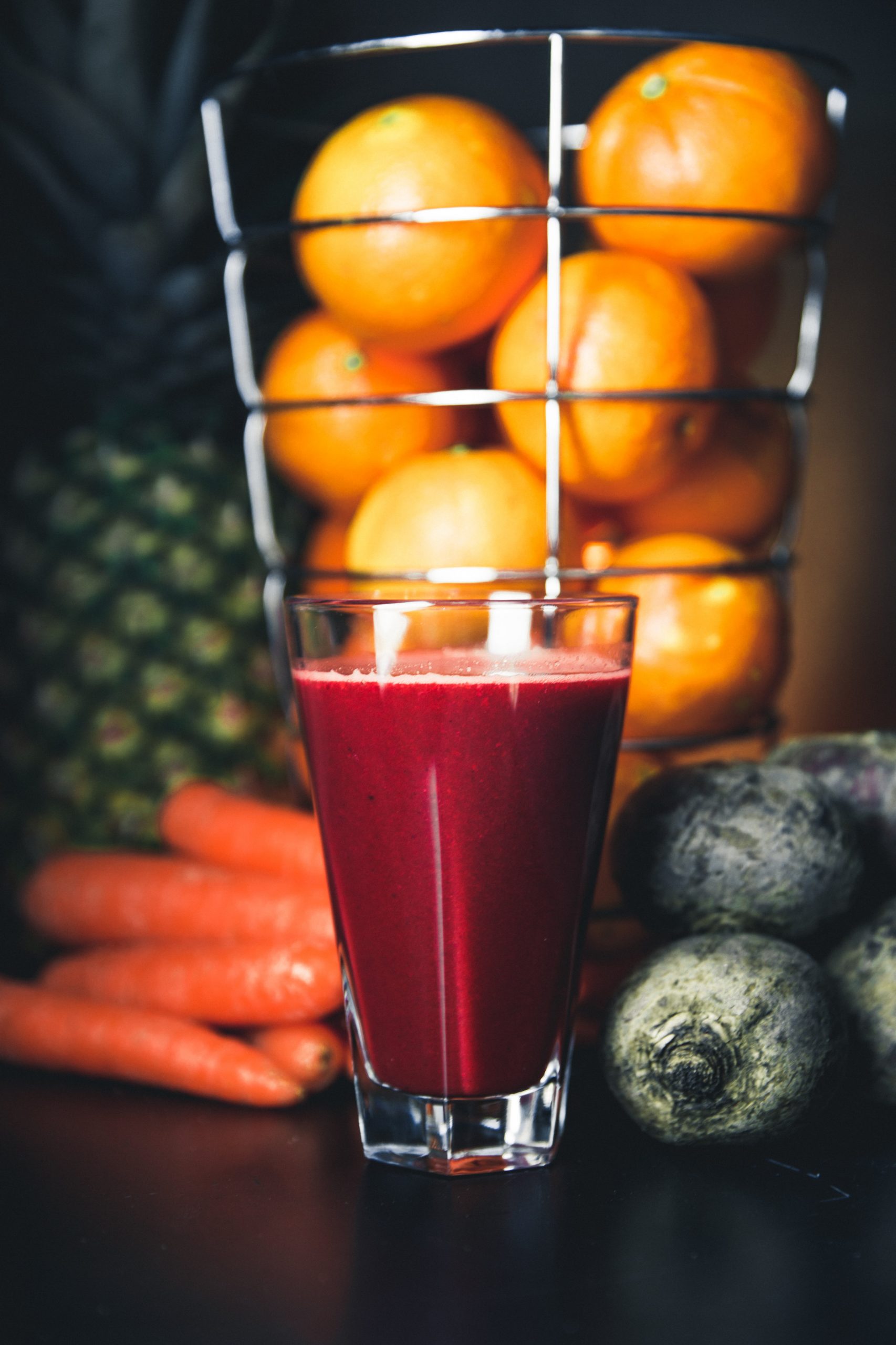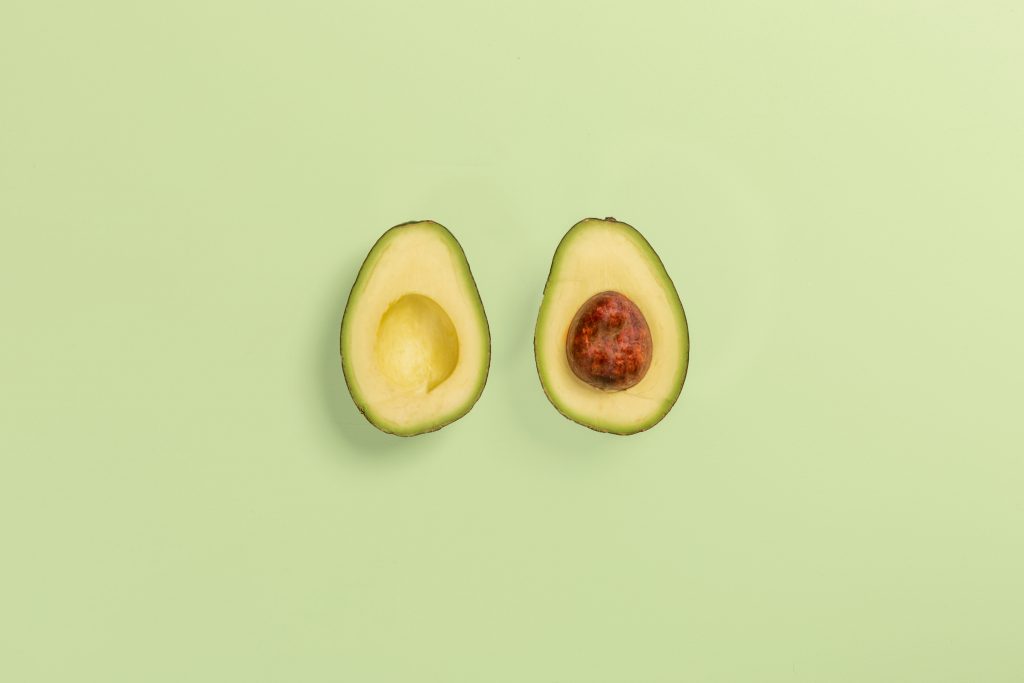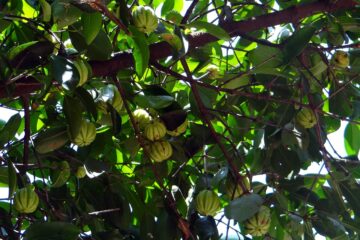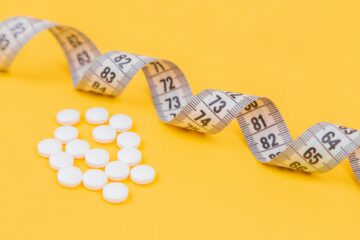Fiber foods is a catch-all term for any sort of carbohydrate that your body cannot digest. The fact that fiber isn’t used as fuel by your body doesn’t make it any less beneficial to your general health. The fact that fiber isn’t used as fuel by your body doesn’t make it any less beneficial to your general health.
Although fiber cannot be converted into glucose, the sugar that results from the breakdown of most carbs, fiber travels through the body undigested. In order to control appetite and blood sugar levels, fiber helps the body consume glucose in a more controlled manner. For optimal health, children and adults need at least 25 to 35 g of fiber daily, yet the majority of Americans barely consume approximately 15 g.
Types of Fiber:
There are two types of fiber, both of which are healthy:
Insoluble fiber:
It can help lower blood cholesterol and glucose levels since it dissolves in water. Oatmeal, chia seeds, nuts, beans, lentils, apples, and blueberries are examples of foods that contain soluble fiber.
Insoluble fiber:
It does not dissolve in water, and aids in the movement of food through the digestive tract, encouraging regularity and preventing constipation. Whole wheat products (particularly wheat bran), quinoa, brown rice, legumes, leafy greens like kale, almonds, walnuts, seeds, and fruits with edible skins like pears and apples are examples of foods high in insoluble fiber.
Depending on whether or not it can be used by good gut bacteria, fiber can be categorized as fermentable or non-fermentable. It’s critical to remember that there are numerous varieties of fiber. While some of them are essentially useless, others have significant health advantages.
The overlap between soluble and insoluble fibers is very substantial. The majority of foods contain both soluble and insoluble fibers, and some insoluble fibers can be broken down by healthy bacteria in the intestines.
Health Benefits of Fiber Foods:
Reduce the Risk of Heart Disease:
High fiber consumption is strongly correlated with a lower risk of cardiovascular disease, stroke, and death from cardiovascular disease. This is in part because fiber has the capacity to absorb extra cholesterol in your body and transport it out before it may clog your arteries.
According to a review by the National University of Health Sciences in Illinois, beta-glucan fiber (6 grams per day) and psyllium (10 grams per day) have a substantial impact on lowering the risk of heart disease.
These two fibers are both varieties of soluble fiber. Both barley and oats contain beta-glucan. Psyllium is derived from the psyllium seed’s husk and is used in dietary fiber supplements and as an ingredient in baked foods to raise their fiber content.
Lower Risk of Certain Cancers:
A higher fiber intake was linked to a lower risk of colorectal cancer, especially the fiber present in whole grains. Additionally, fruit fiber and soluble fiber exhibited the strongest links to a lower risk of breast cancer. This is consistent with the American Cancer Society’s advice to consume whole-grain foods, fruits, vegetables, and other foods high in total fiber.
Helps in Weight Maintenance:
A diet rich in dietary fiber can assist those trying to lose weight in controlling their weight loss. Foods high in fiber make individuals feel fuller for longer and may aid in diet compliance.
It Helps Maintain Bone Density:
Prebiotics, a term for several types of soluble fiber, has been demonstrated to improve the bioavailability of minerals in meals, particularly calcium. The increased bioavailability might support the preservation of bone density. Prebiotics, which are present in some fruits, vegetables, nuts, and whole grains like oats, asparagus, bananas, walnuts, onions, and legumes, feed your healthy gut bacteria.
Feeds the Good Gut Bacteria:
Your gut’s microbiome is made up of beneficial bacteria that thrive on fiber. Short-chain fatty acids are created by your gut bacteria as they consume fermented fiber in your GI tract. These acids have a number of health benefits.
The body receives nutrients from the friendly bacteria, which also create short-chain fatty acids like butyrate, acetate, and propionate, the latter of which seems to be the most crucial.
These short-chain fatty acids can nourish the cells in the colon, reducing gastrointestinal inflammation and improving conditions like ulcerative colitis, irritable bowel syndrome, and Crohn’s disease.
Gases are also produced by bacteria when they ferment the fiber. This is why high-fiber diets can make some people feel queasy and flatulent. When your body gets used to them, these side effects typically disappear.
How to Increase Your Fiber Intake?
- Select a morning cereal with greater fiber content, such as plain wholewheat biscuits (like Weetabix) or plain shredded whole grain (like Shredded wheat), or porridge as oats are also an excellent source of fiber.
- Select wholegrain products like wholewheat pasta, bulgur wheat, or brown rice, as well as a whole meal or granary bread or higher fiber white bread.
- Choose potatoes that still have their skins on, like baked or boiled fresh potatoes.
- Add a lot of veggies to your meals, either as a side dish or as an ingredient in sauces, stews, or curries.
- Try rye crackers, oatcakes, fresh fruit, veggie sticks, unsalted nuts, or seeds as snacks.
List of High Fiber Foods:
Oats:
are one of the world’s healthiest grains. They include a lot of antioxidants, vitamins, and minerals. They contain beta-glucan, a potent soluble fiber with significant positive benefits on blood sugar and cholesterol levels.
16.5 g of fiber is found in one cup of raw oats, or 10.1g per 100 g.
Avocado:
An unusual fruit, the avocado. It is rich in healthy fats rather than having a lot of carbohydrates. Vitamin C, potassium, magnesium, vitamin E, and several B vitamins are all abundant in avocados. They also offer a host of health advantages.
1 cup of raw avocado contains 10g of fiber or 6.7g per 100g.
Apples:
Apples are one of the most delicious and satisfying fruits you can consume. They contain a fair amount of fiber as well.
A medium-sized, uncooked apple contains 4.4g of fiber or 2.4g per 100g.
Bananas:
Bananas are a good source of potassium, vitamin B6, and vitamin C, among other nutrients. A large proportion of resistant starch, an indigestible carbohydrate that behaves like fiber, is also present in green or unripe bananas.
A medium-sized banana contains 3.1g of fiber or 2.6g per 100g.
Kidney beans:
One common variety of legumes is the kidney bean. They include a lot of different minerals and plant-based proteins, just like other legumes.
12.2g of fiber is present in one cup of cooked beans, or 6.8g per 100g.
Broccoli:
A cruciferous vegetable, broccoli is one of the world’s foods with the highest nutrient density. It’s packed with antioxidants and powerful cancer-fighting minerals, as well as vitamin C, vitamin K, folate, B vitamins, potassium, iron, and manganese. In comparison to most vegetables, broccoli also has a higher-than-average protein content.
2.4g of fiber per cup, or 2.6g per 100g.
Chia seeds:
are a little, black seed that is very well-liked in the natural health world. They are very nutrient-dense and contain significant levels of calcium, phosphorus, and magnesium. Chia seeds may also be the world’s best source of fiber.
9.75 g of fiber is present in an ounce of dry chia seeds, or 34.4 grams per 100 g.
Whole Grains:
Excellent news for fans of bread: Real whole grains, such as brown rice, oats, whole wheat pasta, and 100% whole wheat bread, contain fiber. A warning: According to the Food and Drug Administration, for a food to be classified a true whole grain, it must list whole grains as the first ingredient on the label.
Final Words:
The health benefits of fiber foods are numerous. Fermentable fiber produces short-chain fatty acids, which nourish your colon wall in addition to feeding your gut bacteria.
Viscous, soluble fiber may also reduce appetite, lower cholesterol, and lessen blood sugar spikes after eating foods high in carbohydrates.
Try to consume whole grains, fruits, and vegetables to acquire a range of fiber types if you want to lead a healthy lifestyle.
For More Topics About Healthy Foods and Diets:
- Dietary Approach to Stop Hypertension (DASH)
- Everything You Need to Know About Vegan Protein
- Does Paleo Diet Really Live up to the Hype?






0 Comments